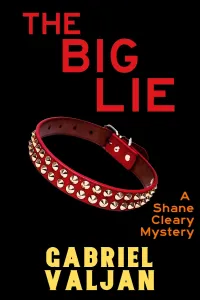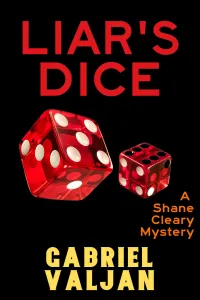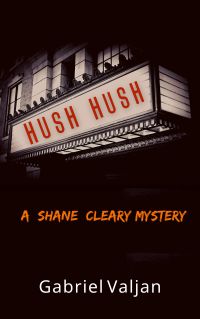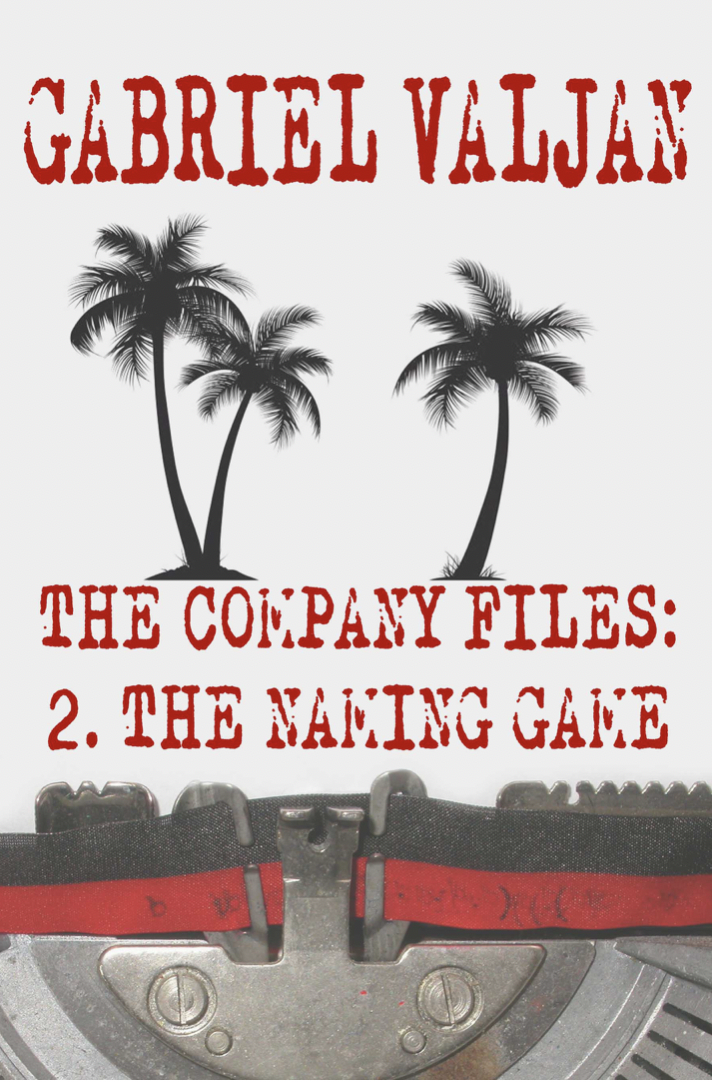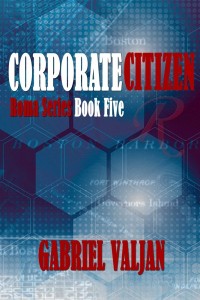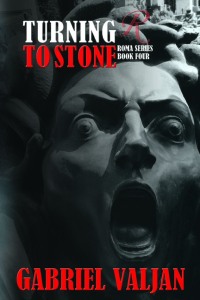Film adaptations are upon us. Full-blown productions, with budgets befitting the fictional country of Fredonia, are out and about to compete for our attention this holiday season at the local Cineplex. Tolkien’s The Hobbit, Tolstoy’s Anna Karenina, and Hugo’s Les Misérables are all waiting at a theater near you. In the end, one of them or none of them will earn revenues worthy of Gollum’s little greedy hands rubbing together.
I doubt that directors fifty years ago would have been able to imagine a day when films would play in monstrous multiplex theaters. Incidentally, the number of available screens is what defines ‘multiplex.’ Before it closed in 1970, the Gaumont Palace in Paris had one screen and a seating capacity of 6,420; in 1982, the Beverly Center in LA had 14 screens before it closed; in 1988, Studio 28 in Grand Rapids, Michigan had 20 screens and seated 6,000 people before it closed; and among those that remain open, the AMC in Mesquite, Texas has 30 screens and a total seating capacity of 6,008; and the grand-daddy of them all, the Metropolis in Antwerp, Belgium has 24 screens and a total seating capacity of 8,092. Unless the math is wrong, as it probably is for the imminent “Cliffpocalypsemageddonacaust” and was for the Mayan prediction for the end of the world, it isn’t the number of screens, but the number of seats, the pairs of paying eyeballs, that determines a film’s success. Ponder the thought: mass consumerism in either the Mesquite or Antwerp multiplexes is four times the number of people who died on the Titanic, or three times the number who perished in 9-11, or the number of people who die daily from alcohol or tobacco-related illnesses. It is a crass and crude comparison, but so is the magnitude of commercializing art and literature, which brings me to a pair of candlesticks.
Lisa Schwarzbaum of Entertainment Weekly took issue with Hugh Jackman as Jean Valjean because he “overemotes on demand and sings of finding God after he steals a pair of candlesticks from a nice priest. (Long story.).” Sigh.
Yes, it was all for a pair of silver candlesticks, Lisa, but Valjean did more than trundle out of the bishop’s house with candlesticks. He stole the silver plates, too; and hate to break it you, but God is a major theme for both Hugo and Valjean. I’m not taking issue with Ms. Schwarzbaum’s review. Translators in the past dropped what they had considered to be Hugo’s ‘digressions’ about the state of French currency, not taking into account that those ‘digressions’ had a purpose: so that readers would understand the horrific poverty of the time, or that the clergy were not exactly on the A-list with the new power elites. I’m not complaining that Hugo’s masterpiece was popularized as a Broadway musical. I’m not sure what T.S. Eliot would have thought of Cats. The point here is when does a director remain faithful to the novel, and at what point is a director allowed to be an artist and render his interpretation of a literary text?
First: the bad news. The Demi Moore version of The Scarlet Letter had a happy ending. Nathaniel Hawthorne would scream. Stephen King took issue with Kubrick’s adaptation of The Shining. I’m certain Mr. King did scream and threatened to hurl any one of his tomes at Stanley Kubrick. In fact, the late Kubrick appears to be a three-timer winner of the Aggrieving-an-Author award. Anthony Burgess was so upset with the film version of his nihilistic masterpiece, A Clockwork Orange, that he regretted having written the novel. Before Kubrick left this world, he took Arthur Schnitzler’s “Die Traumnovelle” and created the muddled mess that was Eyes Wide Shut, where the fin-de-siècle Viennese characters of Fridolin and Albertine are turned into Bill and Alice, played by then-married Tom Cruise and Nicole Kidman, in turn-of-the-century New York, trapped in a DaVinci Code existence of sex with masked participants with Venetian masks.
Not to harp on Kubrick exclusively – Hitchcock had had to tone down the homoerotic elements in Patricia Highsmith’s Strangers on a Train. The film made Patricia Highsmith’s reputation, but my guess is that had Alfred Hitchcock provoked Patricia’s ire, she would have paid him a visit and used her best steel-toed Texas boots. A director’s appeasing censors and altering the storyline is as old as the Hays Code – created in 1930 and enforced from 1934 to 1968 – it is both unfortunate and understandable, but there are times when authors got it right and the director didn’t have to do a thing; or, in some instances, shouldn’t have.
As an example, the film adaptation of Margaret Mitchell’s singular novel, Gone With the Wind, which had taken the author a decade of editing and reshaping before it found a publisher for the book, did not tell the audience that Rhett raped Scarlett. Here is a string of some verbs Mitchell used in that infamous passage: ‘crushed’, ‘hurt’, ‘screamed’, ‘stifled’, ‘bent over’, ‘sinking’, ‘shaking’, ‘turning’, ‘fell’, ‘muttering’ ‘bullying’, ‘breaking’ – and I don’t include the numerous repetitions of ‘dark’ and ‘darkness,’ or other sinister adjectives, or that Rhett was the personification of ‘death.’ Adjusted for inflation, GTTW is the highest-grossing film of all time.
Violence and sex may have always sold with audiences, but Mitchell pulled off the scene on the page without using one word of profanity. 180-degrees in the other direction is comparing the two film versions of James Cain’s 1934 novel, The Postman Always Rings Twice. Sex, as the plot point in that novel and movie, is as unavoidable as an unlit cigarette in a film noir; but boy did Jessica Lange’s scene on the kitchen table court controversy! Lana Turner never had had to get on the kitchen table to make the flour fly. Sex and violence were always messy and when American readers had first picked up ‘pulp fiction’ at their local pharmacy they put traditional publishers in a tailspin, because like the modern chaos of self-publishing, pulps ushered in the Paperback Revolution.
I have no answers as to why the book-to-film transition seems to fail more often than not, but I think that two processes are at play here. There have been successes: Merchant Ivory Productions skipped all the way to the bank with several E.M. Forster novels in their backpacks, and introduced moviegoers to other writers, like Ruth Prawer Jhabvala, Jean Rhys, and Henry James. The irony of these two processes, however, is that they are both visual: seeing a film on the screen and reading the book upon which is the film is based.
In reading a book, each individual responds to the language on a page differently, visualizes a scene, and imagines character interactions in his or her head differently. Modern readers don’t seem to have patience with long passages of exposition. Writers are now admonished: ‘Show, Don’t Tell’ and keep the action and pages turning, but the walking bass line has to come from somewhere, and writers are reminded that a story has a beginning, a middle, and an end; and play around with the timeline like a European artiste at your own risk; and above all, do make sure to remember Aristotle and have the bad guy get his at the end, either in terms of social justice, or have it known to the reader.
Yet we read the classics and accept exposition in them. We accept Balzac’s long passages with a roll of the eyes and chalk it up to ‘it’s a classic,’ yet a reader in Balzac’s day knew that the author was positioning each character within a pantheon of virtues and vice, using pointed vocabulary with a wink of an eye. Balzac’s The Duchess of Langeais, Passion in the Desert, and Cousin Bette have been made it to film with mixed results. Flaubert is another author with dense prose cut from film adaptations of his Madame Bovary. Dickens is yet another example of an author with winding passages of prose, with several film adaptations to his posthumous credit.
Yet we are not faithful to Aristotle and tolerate ambiguous endings, except in romantic comedies. I guess all bets are off with Dexter, Ripley, and Hannibal Lechter because modern readers can love to hate a bad guy. Returning to the subjective experience of language, the n-word has become the most reviled word in the English language, yet Mark Twain used it liberally because it was common speech in his day. An edition of Huckleberry Finn was published with the notorious word excised from the text. African-Americans have always detested the word while white Americans had to learn how hateful the word is. Times do change, readers’ tastes do change, but is a director justified in tinkering with the book? Is tweaking a book tantamount to medieval heresy?
A better example of two visual processes at play is the use of the f-word. It no longer packs the wallop that it had once had. Although not a novel, the movie Midnight Run is a brilliant example of the f-word at play. The film is a boilerplate buddy movie, but the film works not because of the Deniro and Grodin chemistry, though it is very good; rather, it works because of the f-word in the dialogue. Years ago, I had watched the film on regular television and heard nonsense fillers for the f-word: the film just made no sense without it, as dismaying as that might sound. Absolutely zero sense. I downloaded the screenplay, crossed out every instance of the f-word. Same result: the character interactions made no sense. It is a digression, I know, but it supports my point that times have changed.
We have all heard the phrase ‘the book is always better than the movie.’ Why is that? The director has a different task altogether: convey the story in another medium, which might mean nuances will be lost, compromises have to be made, and the risk is that the story will somehow be lost in translation. It’s a risk. I imagine that might be the case with Anna Karenina, but I have not seen the movie yet. The Prestige is an example where text from the Christopher Priest novel was heavily edited out of the movie version. There have been notable successes in film adaptations of novels, drawing in audiences to see the film and, the real achievement, stimulating that audience to discover or rediscover the authors and their books. Peter Jackson’s handling of the LOTR series is one example of returning audience to Tolkien’s books. There was a time when J.K. Rowling was a new author. The Harry Potter series seems to have had mixed results from book to screen. The common factor between these two series of film adaptations is that their successes have relied on special effects unavailable to directors a generation ago. Case in point: Andrew Serkis’s kinesthetic and vocal interpretation of Gollum (and other roles) has failed to earn him an Oscar because the Academy does not have a category for his work. Aside from Peter Jackson’s adroit handling of Tolkien’s universe, other successes not mentioned online are George Hill’s directing John Irving’s The World to According to Garp well, and Peter Yates manning the helm for George Higgins’s The Friends of Eddie Coyle.
The short-fiction format – the novella or short story, seems to work best for film adaptation. In recent memory, Stephen King seems to lead the pack with Children of the Corn, Shawshank Redemption, Silver Bullet, Stand by Me, and The Lawnmower Man, amongst numerous others. Henry James’s The Turn of the Screw has appeared several times on the silver screen, from The Innocents to The Others. Shirley Jackson’s The Haunting of Hill House has been adapted twice to the screen, in 1963 and again in 1999. I suspect that the implicit success here is that the short-format allows directors and writers to expand on the material, whereas the novel form, which is longer by definition, requires blood sacrifice. A page of screenplay equals a minute of screen time.
And then there is that cardinal sin – the changed ending, whether it is the aforementioned The Scarlet Letter, A Clockwork Orange, Shawshank Redemption, or the Disney confectionary ending of The Hunchback of Notre Dame, and other egregious mishandling of authorial intention, as in The Princess Bride. Directors are not alone in being guilty. Dickens had caved in to criticism and offered readers two different endings for Great Expectations, which gave film directors an escape clause. The sci-fi genre, however, seems to be particularly vulnerable to mangled endings – enough so that authors probably have pressed the metaphorical hyperspace button. Blade Runner, Planet of the Apes, Logan’s Run, and Running Man have all suffered the fate of the changed ending. The worst offense is when money prevails, when the director succumbs to the ‘feel good ending’ and the dollar sign, as was the case when test audiences rebelled at the original ending of I am Legend and it was was changed.
In that case, the echo of laughter is heard from the chasm of compromise and Gollum wins.

